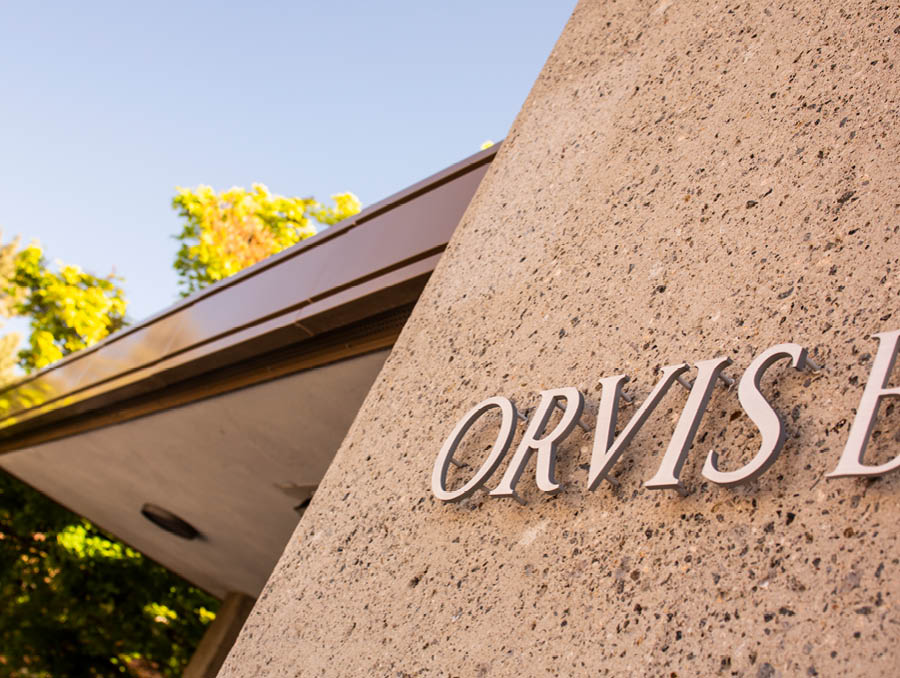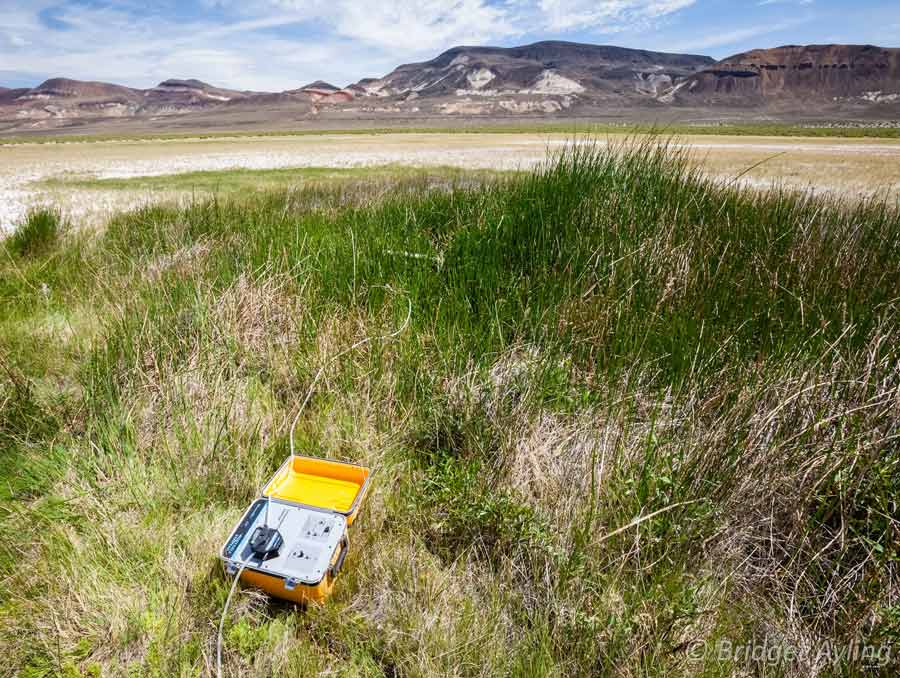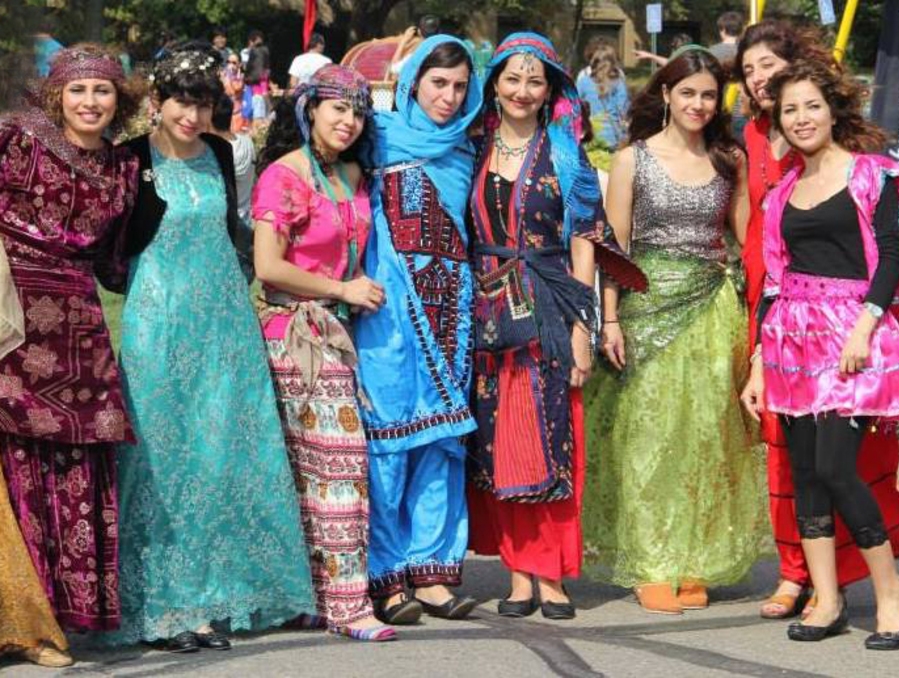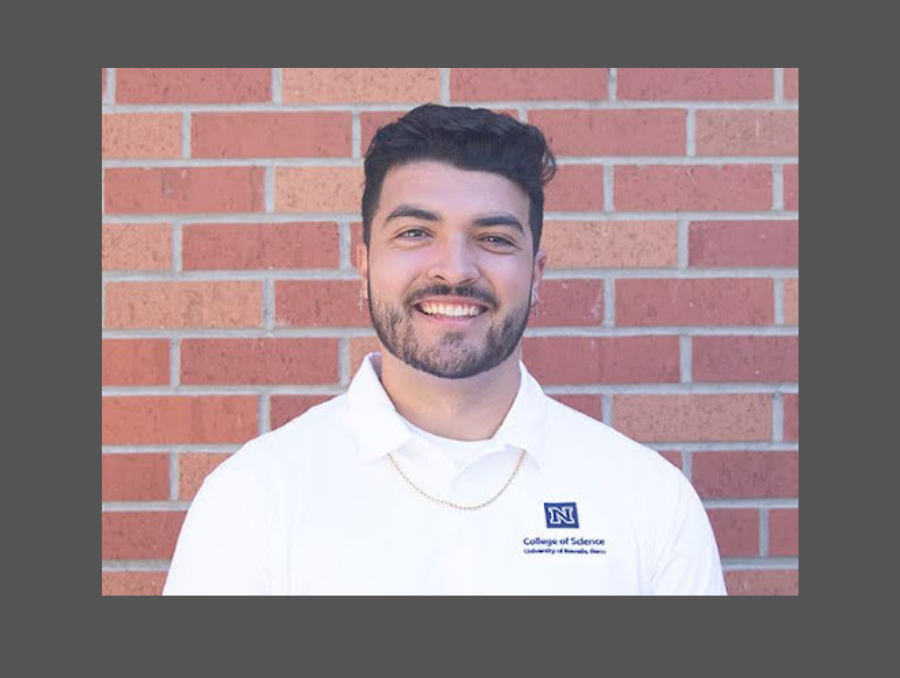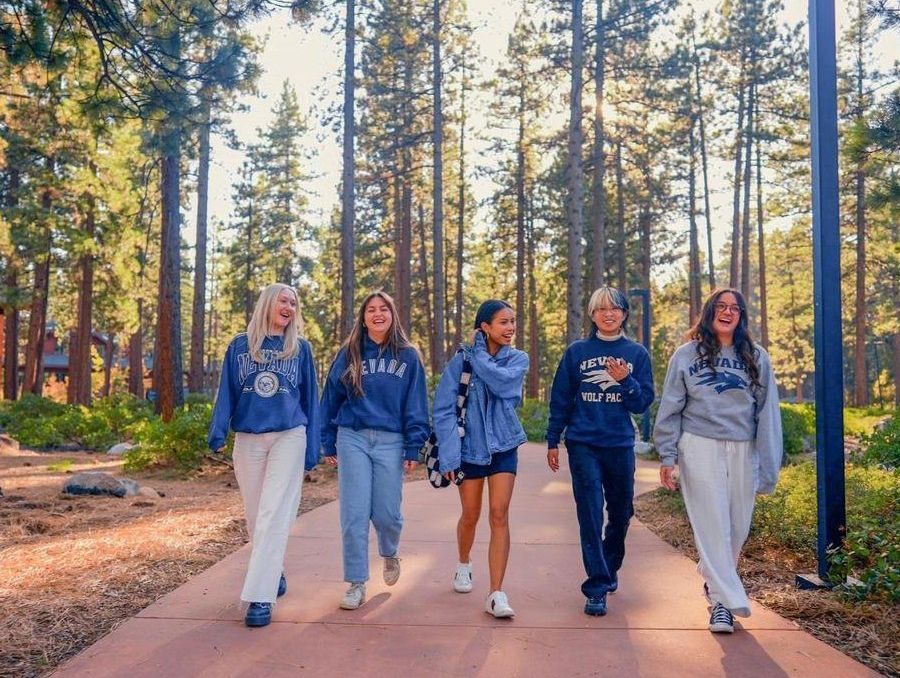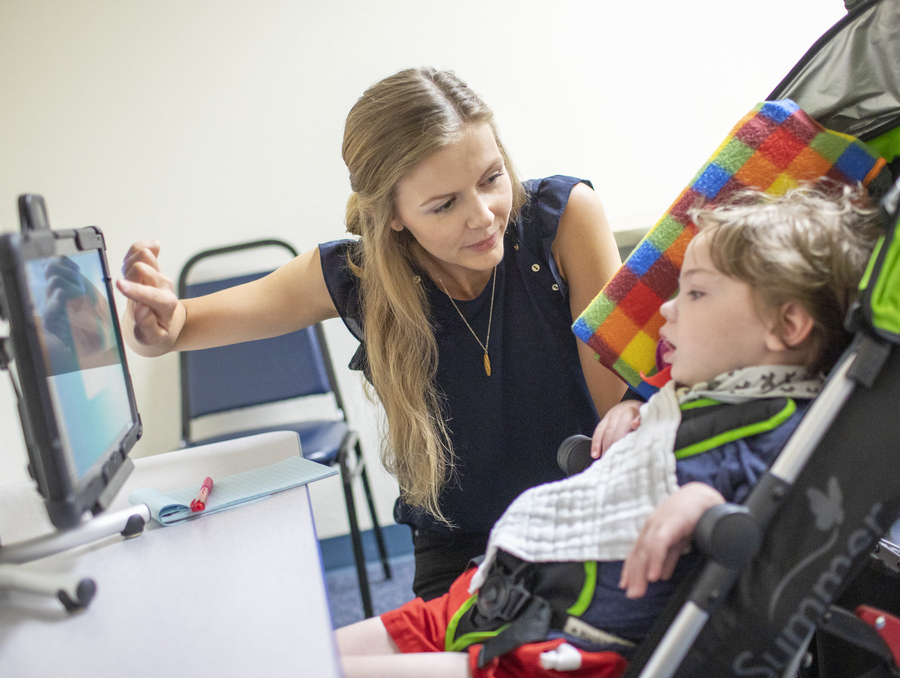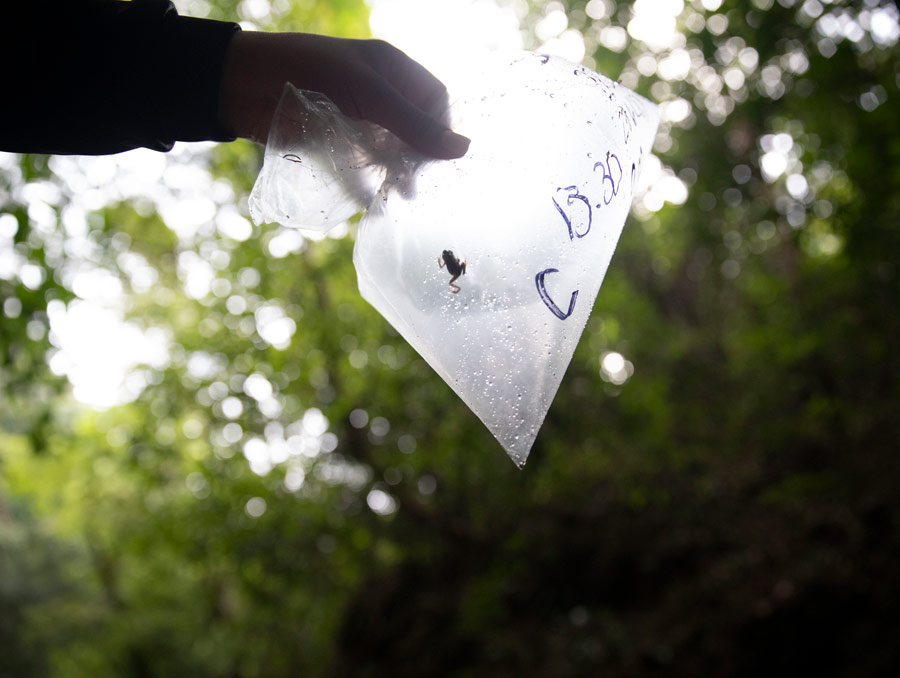Two members of the Commission for the Future of the University of Nevada, Reno presented the commission's findings and recommendations Wednesday during an open forum in the theater of the Joe Crowley Student Union.
The event was held in advance of a Faculty Senate vote next week on whether to approve the 14-member commission's report.
David Ryfe, professor in the Donald W. Reynolds School of Journalism, past chair of the Faculty Senate and co-chair of the commission, said the recommendations were an effort to "capitalize on the things that make (the University) unique."
"If this University is to distinguish itself, we should leverage our uniqueness," Ryfe said of one of the themes in the report. "We should be more like ourselves."
Ryfe said this conclusion was based, among other things, on comparative data between the University and other institutions in the West.
The data, which compared a number of attributes including fulltime faculty, enrollment, research dollars and operating budgets, suggested that the University is a "university in the middle," Ryfe said.
One of the comparative institutions Ryfe cited was UC-Davis, which has 1,471 fulltime faculty compared to the University's 546, and has an operating budget of more than $654 million compared to the University's $177 million.
"We're nowhere near the size and scale of UC-Davis," Ryfe said.
Yet, compared to institutions in the California state university system, "By and large, we're superior to them," Ryfe said. "Over the last two decades, we've successfully risen up from the state university systems as a prominent university."
"Over time, we've developed a unique blend of missions and units," Ryfe added. He noted several examples of this melding of missions, such as, "We have an access mission and at the same time we are the most intensive institution in the state."
Ryfe said the University's competitive opportunity rested in emphasizing this distinctive blend of missions and units. He said the University's blend included key assets such as a high quality arts and science core that includes the core curriculum, professional programs, the state's only medical school, and a land-grant heritage where the University was the only institution of higher learning in Nevada for more than 75 years.
By stressing these unique attributes through multi-disciplinary, multi-mission collaboration, Ryfe said the University would be better positioned to become a more "integrated" and "interconnected" University. This, in turn, he said, would make the University more attractive to prospective faculty and students and better position the institution to face a future of flat or diminished state support.
David Zeh, professor in the Department of Biology, current chair of the Faculty Senate and co-chair of the commission, said that by building across missions and units, the University would be able to face an increasingly competitive higher education marketplace.
"It's a really challenging time, but also a really exciting time," Zeh said. He later added, "We can make the best of what we have, which is this diverse array of departments and programs."
Zeh noted several examples where cross- and multi-disciplinary collaboration had helped the University increase reputation and build infrastructure.
The list included the University's three Centers for Biomedical Research Excellence (COBRE), which add research faculty and capacity. The latest COBRE addition has been for $10 million for a program in Integrative Neuroscience, and features a cross-disciplinary approach with involvement of faculty from the Colleges of Liberal Arts, Science and Engineering.
"We take the resources we have and not take graduate programs away but think of ways to bring faculty together," Zeh said. He added another benefit of such an approach is an uptick in majors in areas where collaboration across colleges, departments and programs is strong. He said the University's neuroscience major, with involvement of the faculty of the Colleges of Liberal Arts and Science, has seen 250 majors in the past four years.




